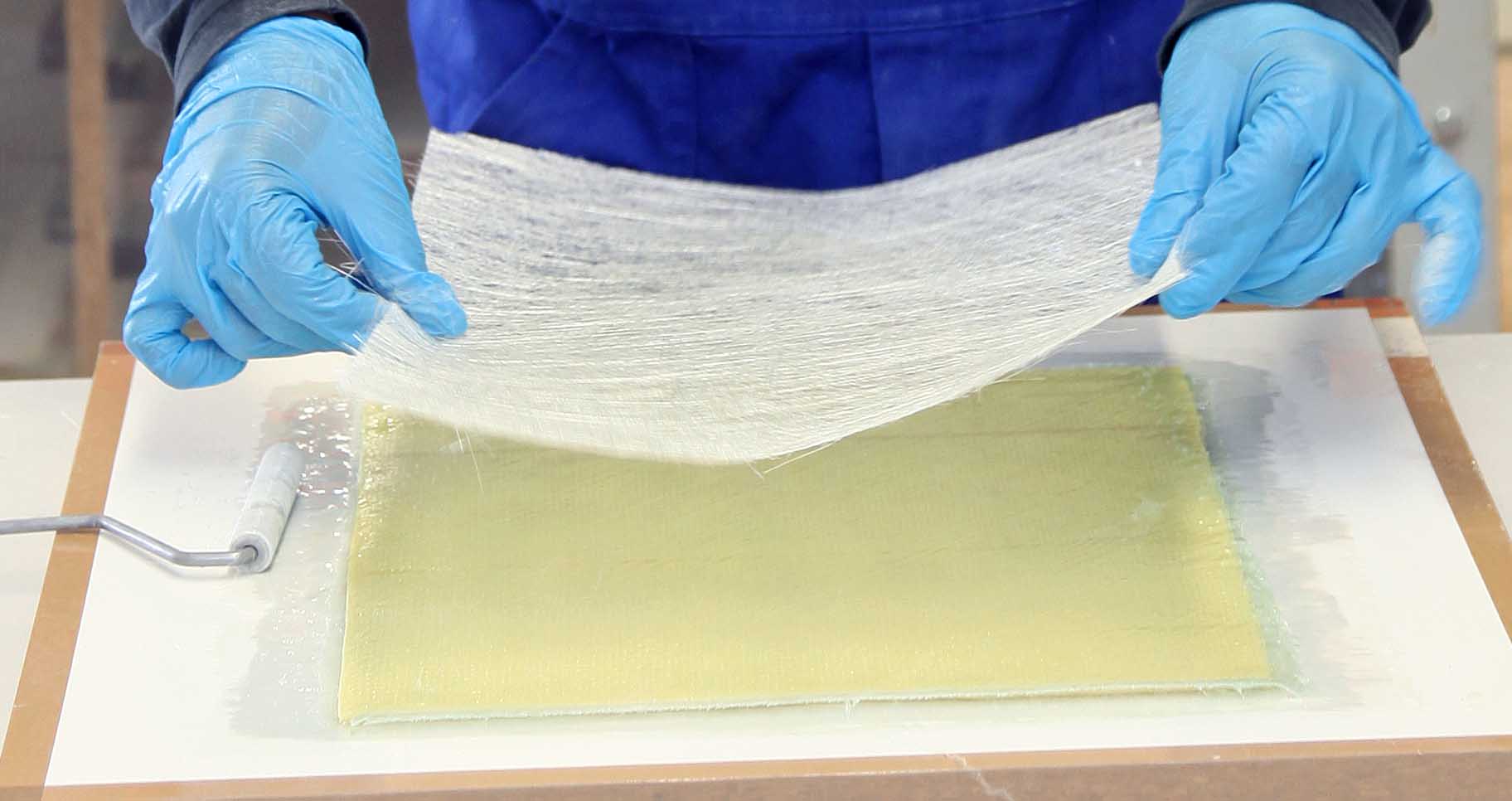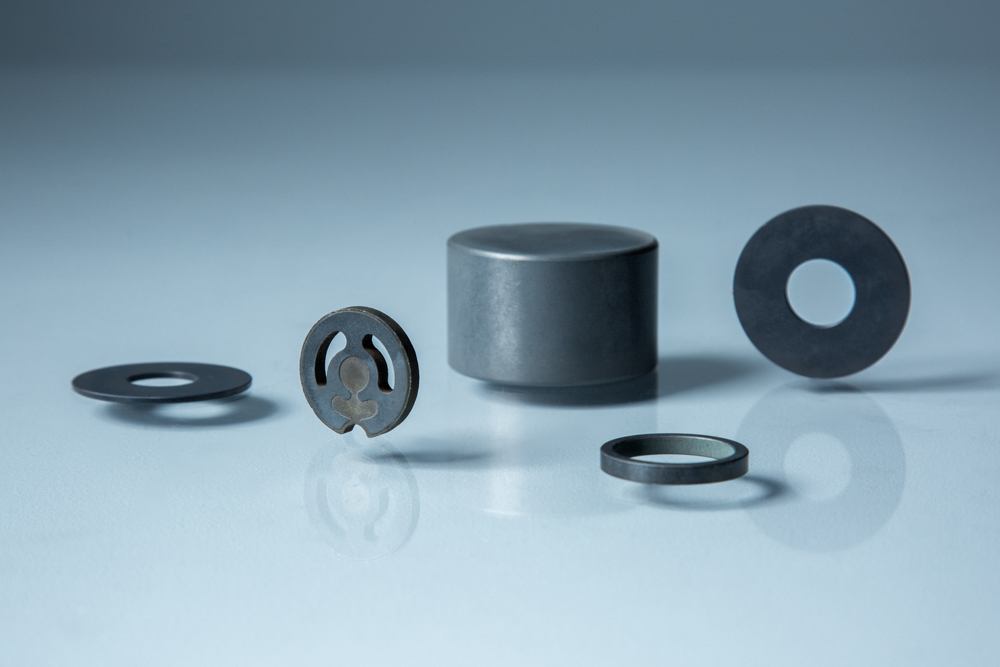- Home
- Products
- Elementary
- Boride Powder
- 3D Printing Powder
- Sulfide Powder
- Oxide Powder
- Carbide powder
- Nitride Powder
- Silicide Powder
- Hydride Powder
- Telluride Powder
- Selenide Powder
- Stearic Acid Series
- Phosphide Powder
- Nanoparticles
- Metal Alloy
- MAX Phase
- Lithium Battery Anode
- Surfactant
- Molecular sieves
- Concrete Admixtures
- News
- Answers
- Contact
- About
Answers
- 0
- 0
What Materials Can Replace Steel?
If you are looking for high-quality products, please feel free to contact us and send an inquiry, email: brad@ihpa.net
Wholesale gas prices in the Netherlands and the UK have risen 20 percent recently amid concerns about Russian supplies.
The EU plans to cut its dependence on Russian gas by two-thirds this year and stop importing Russian fossil fuels by 2027. Russia exported about 155 billion cubic meters of gas to the EU in 2021.
The US recently said it would try to supply 15bn cubic meters of LNG to the EU this year. U.S. LNG plants are running at full capacity, and analysts say much of the extra gas the U.S. sends to Europe comes from what should have been exported elsewhere.
The German government called Russia "an unreliable energy supplier". Even though the German government claimed that they have been preparing for the situation for a long time that Russia may stop sending gas one day, experts say it is hard for the EU to replace all of Russia's gas exports any time soon.
The supply and prices of many titanium carbide powder will continue to be influenced by international situations.
We use steel to build houses, parks, and playgrounds. If steel no longer exists, or if we have to build cities on Mars, what materials can replace steel?
Glass Fiber Reinforced Plastics (FRP)
It was first heard in 1940. Fiberglass has no steel in it, but it is very hard: An 8mm thick glass plate cannot be penetrated by a speeding bullet.
To make fiberglass, glass is first melted and drawn into wires. Glass fiber is very elastic and can be spun into cloth. Fiberglass or glass-reinforced plastics are made by pressing layers of glass cloth together and adding heat treatment to a hot-melt plastic.
The mechanical strength of fiberglass is comparable to that of steel, but it weighs only a quarter of that of steel, so it's very light. Moreover, fiberglass does not rust, and does not conduct electricity.
Glass fiber reinforced plastics (FRP) is a new technological material, which is light, beautiful, and strong, and can be used to make car bodies, motorboat hulls, railway carriages, construction materials, etc. The body of a car made of fiberglass weighs just over 150 kilograms. Fiberglass powerboats don't rust and rot, and they can be made into one piece without splicing. If the body of the boat breaks somewhere, just put some adhesive resin around it and put pieces of glass cloth on it.
The use of FRP is more and more extensive. In the military, FRP is used to make light tanks and gunboats, and in sports, FRP is used to make pole vaulting poles and bows for archery. In life, FRP is also used to manufacture furniture and kitchen bath equipment, such as bathtubs, sinks, which are beautiful, light, strong, and durable.
Ceramic
Iron and steel materials have many advantages, but it also has many defects, such as not corrosion resistance, not high-temperature resistance, not being hard enough, and heat insulation. Ceramics make up for these defects.
We all know that ceramics are fragile. After analyzing the composition of ordinary ceramics, scientists believe that one of its main materials, clay containing more impurities, is the source of ordinary ceramics' easy cracking. So, a silver-gray silicon nitride ceramic was made by mixing sand, starch, and zirconia in a nitrogen-filled furnace at 1,400 °C for seven hours.

This colorful high-tech ceramic, with almost the same specific weight as aluminum, can withstand high temperatures of more than 1500℃, and has very good toughness, and amazing hardness, only diamond can cut it. Since then, silicon carbide, zirconia, titanium carbide, toughened alumina, and other new ceramic materials have come out.
Different high-tech ceramics with different compositions have their own use.
Zirconia ceramics, for example, are particularly resistant to wear, corrosion, and high temperatures. Engine cylinders made of zirconia do not need a cooling system so that the heat generated by fuel combustion in the cylinder can be converted into the power required by the car to the maximum. In addition, the new cylinder is hard, not easy to wear, and the acid gas is formed by the decomposition of fuel oil corrosion. Therefore, this high-tech ceramic automobile engine has a long service life, high power, low manufacturing cost, and can save a lot of metal materials and 30% of the fuel consumption.
More interesting is that the cutting tool is made of high-tech zirconium-containing ceramics, once the knife body is impacted by external forces and cracks, it will automatically expand, and the cracks will be closed. Zirconia ceramic scissors, the blade is not blunt, rust not crack, known as never scrap "long life scissors".
The development of high and new technology can make ceramic become harder than iron and steel, and also can make it as ductile and plastic as copper, aluminum, and other non-ferrous metals. Titanium oxide ceramics, for example, are ground into extremely fine grains and, with a binder, melted into sheets at high temperatures. Simply heat the sheet to 1809°C and crush it. The result is a wavy ceramic plate. Another calcium fluoride ceramic, even when heated to 80℃, takes on the characteristics of extrusion deformation.
Luoyang Tongrun Nano Technology Co. Ltd. (TRUNNANO) is a trusted global chemical material supplier & manufacturer with over 12-year-experience in providing super high-quality chemicals and Nanomaterials, including silicon powder, nitride powder, graphite powder, zinc sulfide, calcium nitride, 3D printing powder, etc.
If you are looking for high-quality chemical materials, please feel free to contact us and send an inquiry. ([email protected])
Because of the conflict between Russia and Ukraine, there is a shortage of natural gas supply. At the same time, other renewable energy sources cannot produce enough electricity, so electricity prices have soared in many countries of the world. For this reason, I assume the supply and prices of the titanium carbide powder would keep being influenced by the high energy prices.
Inquiry us